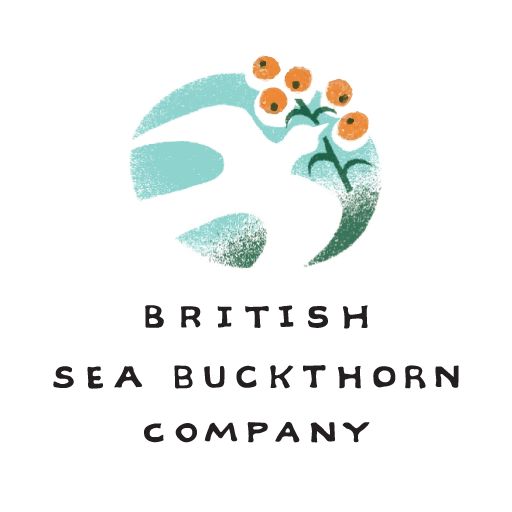After two mild winters it is refreshing to have frosts appearing nightly. It is also good news to finally see some signs of movement in the Brexit negotiations. As a strong advocate of remaining in Europe I have to accept the outcome. In agriculture it poses threats to how we trade and the need for seasonal workers. With threat comes fear which is not always justified but when there is nothing else to do but wait it is better to be positive and optimistic.
Autumn is a busy time for farming, but for our sea buckthorn project this seems to have been a particularly focused season of activity. At harvest is was disappointing to decide not to pick the crop. Variable size of berries, realisation that our harvest is both early ( July) and short ( one month ) brought home the scale of the task ahead to perfect the growing of our Siberian plants.
The trip to Siberia in September, followed by visiting the Euroworks conference in Warsaw in October provided a number of answers to how we need to solve some of the issues presented from the 2017 harvest. Finding solutions may be progress but implementing them is another. It is now essential that not only do we find solutions, but they are all implemented so that we have a successful harvest in July 2018 to take to market.
It is remarkable sometimes how opportunity arrives out of the blue that helps this progression.
When you are a very small business, time is one of the most important resources. Basic field work such as mowing and strimming to control weeds has been a daily task over the summers of the past four years. It has therefore been a huge relief to find a tractor and Ladurna cultivator that will revolutionise our field work for this coming season. The cultivator is small and specialist but works like a small, shallow rotovator, clawing out the weeds next to the plants. This year it will need to be used multiple times to get on top of our broad leaved weed population but I am hopeful in future years the problem will recede.
The fact we had variation in size and ripeness of berries this harvest will be solvable, but we need to be methodical in perfecting the combination of management that reduces the problem. The berries Ben and I saw in Siberia were huge – the size of olives. I am not sure we can aspire to this, as our soil and climate cannot be altered, but we can alter compost and foliar feed management, and possibly use a targeted, limited use of irrigation. NIAB East Malling Research have been contacted to help in this work and hopefully they will be able to help. It is hard to tell, but I suspect this is a 3 year project.
Field management is an issue but the greatest challenge right from the start of this project back in 2009 is the issue of finding an efficient harvesting system.
With only 4000 plants we are still a small operation. We have plans to grow more plants but expansion needs to wait until it is clear which varieties will provide the best crop for us. If we had 50 hectares – 60,000 plants then we could go to Germany to buy the Kranemann harvesting system, but the system needs this scale to be viable. It is however a great concept. We have seen it in operation in Germany, and we saw the concept of branch cutting is now accepted practice in Siberia.
Branch cutting as a means of harvesting has its drawbacks, particularly as branches cut take three years to recover. Cutting all the branches from a plant – as is the practice in Germany, means that you do not have a crop for another three years. It also works best with varieties that regrow rapidly. If we commit to this system we need to monitor our plants closely to see which varieties at Devereux farm have the ability for rapid regrowth.
Harvest 2017 practically proved to us that hand picking is too slow with our size of berries to be practical or economically viable. The alternative therefore is to build our own version of the German branch cutting system.
This will take time; need the right engineers and require funding.
To this end Ben and I are completely focused at the moment on raising the funding to develop this system. Grant funding is an option and following the acceptance of an Expression of Interest for help from our local Heritage Coast LEADER team we are filling out a grant application system to part fund the development of the harvesting system.
These grants are designed to promote rural economies and employment. Developing the harvesting system is our key to being able to bring a crop of the right quality to market. It also triggers the process for starting to develop products. Once we enter the market we will need to expand the orchard. This whole process means we will start to need staff. When this happens we can start to say that the Devereux sea buckthorn project is working.
I still consider it to be a 20 year project – that being from the first plantings in 2009 of german and Finnish varieties, through to having a mature orchard annually providing a quality crop to the demands of a growing market. 2029 seems a long way off, but as we plan the developments for harvest 2018 it now all starts to seem practical.
